The most significant holiday for all believing Cypriots is approaching—Easter. The entire island eagerly awaits it. Easter is calculated according to the lunar-solar calendar and is a movable feast. This year, it falls on May 5.
In Cyprus, Easter is not only a religious holiday for 97% of the country's population, but also a national one. Schoolchildren get two weeks of vacation, and the working population gets four days off. During this time, people have fun, meet with loved ones, travel to villages, and eat a lot, very much. Tourists who come to the island during this time can only be envied. They will not only experience the atmosphere of blooming spring in Cyprus, filled with unrestrained joy and hospitality, but they will also witness numerous beautiful traditions of this Mediterranean island.

History of the Holiday
The sacred holiday of Easter existed even before the birth of Jesus Christ. It was celebrated in honor of the liberation of the Jewish people from Egyptian slavery. According to biblical tradition, the Jews were forcibly held in Egypt for 430 years until they were freed by Moses, the prophet and founder of Judaism. One day, God appeared to Moses in the form of a burning, yet unburning bush. The Lord commanded the shepherd to go to the lands of Egypt and persuade the pharaoh to release the Jews. At the age of 80, the prophet appeared before the ruler of Egypt, but despite his efforts to persuade the pharaoh, the Israelites remained in slavery. As punishment, the Lord sent ten plagues upon Egypt: the turning of water into blood, the invasion of frogs, the invasion of blood-sucking insects, the punishment of dog flies, the death of livestock, boils and sores, thunder and fiery hail, the invasion of locusts, the darkness over Egypt, and finally, the death of the firstborn.
Neither frogs, bloody rivers, nor fiery hail frightened the pharaoh. Only the death of his own child made the ruler release the Jews. The terrible punishment did not touch everyone: Moses warned the Israelites that they must mark the doors of their homes with the blood of a one-year-old unblemished lamb, and the animal itself must be roasted and eaten within the family. Jewish homes that followed Moses' command were untouched by death. When the Israelites reached the Red Sea, the waters parted, and the Jews walked on the seabed. After these events, the holiday of Pesach emerged, also known as Passover, which literally translates from Hebrew as "passed by, went past." This directly refers to the passage of the Jews past the water on the seabed of the Red Sea.

The Christian Easter is inextricably linked to the life, death, and resurrection of the Son of God, Jesus. Christ was born in the small village of Nazareth, near Bethlehem. At the age of 30, he was baptized in the River Jordan by John the Baptist. Three years later, Jesus gathered his twelve closest disciples at the Passover feast and told them that one of them would soon betray him, thus predicting Judas's betrayal.
The day after the Last Supper, Pontius Pilate, the Roman prefect of Judea, ordered the capture, torture, and crucifixion of Christ. Priests envied the Son of God because crowds of believers followed him, and the authorities wanted to eradicate Christianity at its roots. After being flogged and "crowned" with a crown of thorns, the exhausted Jesus carried the cross to the top of Mount Golgotha. Jesus's path through old Jerusalem and the serpentine mountain became one of the prototypes of the Christian procession.
The death of the Son of God on Mount Golgotha is a unique allegory of the killing of sacrificial lambs. Just as the Jews sacrificed year-old unblemished lambs, so Jesus gave his life for the forgiveness of sins and the purification of human souls. Christ died after the Jewish Passover, on a Friday, which was called Good Friday.
Pascha means "transition." It is the eternal transition from death to life, from earth to heaven! For Cypriots, it is not only a religious but also a secular celebration, the idea of which is based on the aspiration for resurrection, awakening, and light.
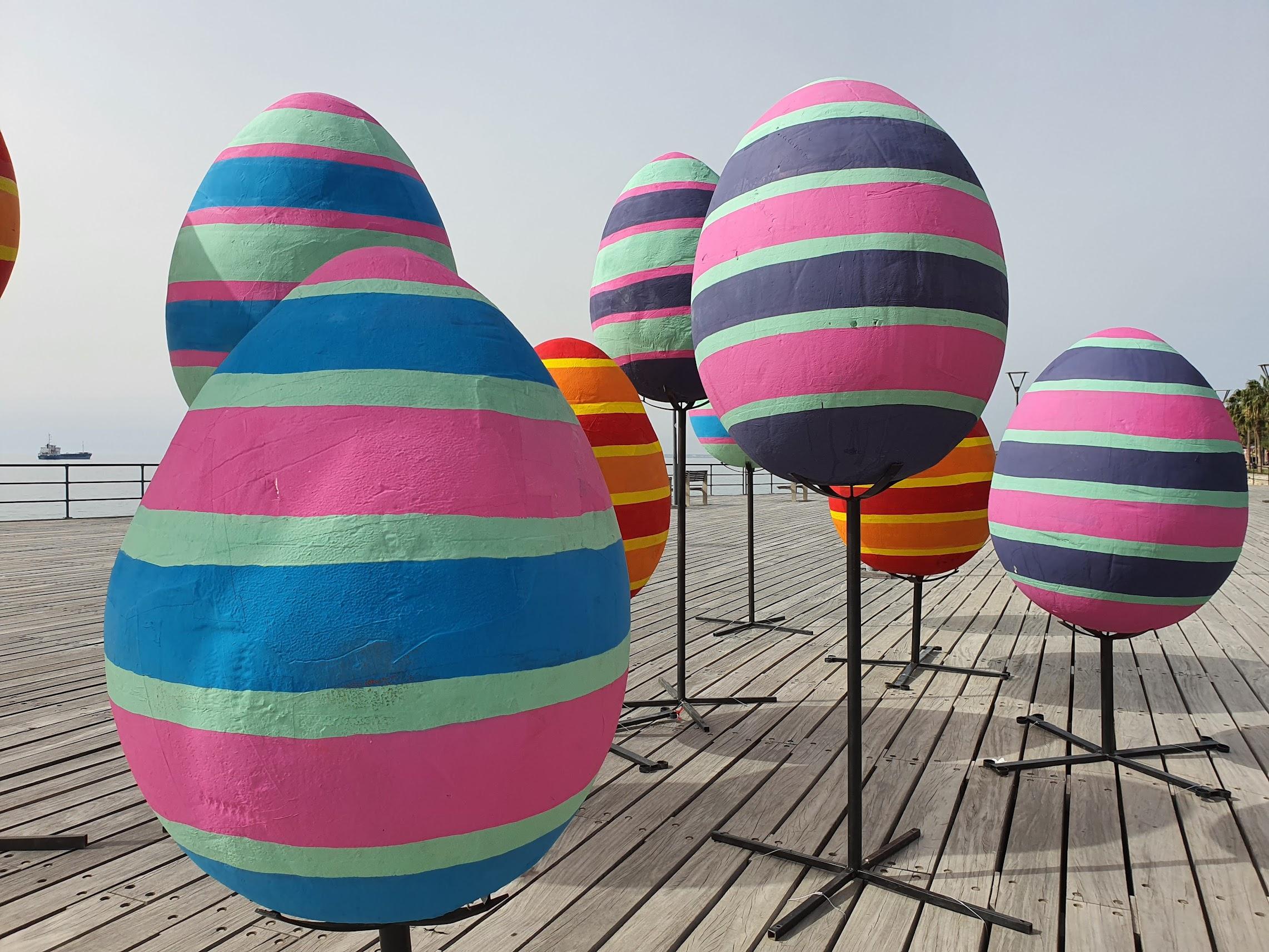
Traditions and Celebrations
Cypriot Easter is endowed with rich, colorful, and symbolic traditions, which include a series of celebrations and rituals. Easter in Cyprus is preceded by a strict forty-day Lent (Μεγάλη Σαρακοστή), which ends with Holy Week (Μεγάλη Εβδομάδα). The last seven days are the most important and tragic in the earthly life of Christ. Therefore, a week before Easter, all Cypriots without exception (even those who neglected this during the previous 40 days) begin fasting and going to church. Holy Week is full of symbolic events and traditions.

Firstly, Cypriots meticulously clean their homes and apartments, bringing order and decorating in the Easter style. Eggs are predominantly dyed red and burgundy. For the particularly lazy, supermarkets sell ready-made boiled and dyed eggs. By the way, if you didn't know, the tradition of boiling and dyeing eggs red on Holy Thursday symbolizes the resurrection of life and the Blood of Christ. According to belief, on the third day after Christ's burial, on Sunday, Mary Magdalene, one of Jesus's followers, along with the myrrh-bearing women, went to his tomb to leave fragrances. Approaching the cave, she saw that the stone was moved aside, and inside the cave sat an Angel of the Lord in white garments. The Angel told Mary that Jesus was not in the tomb – He had risen. At that moment, the Son of God himself appeared before her. Overjoyed, Mary hurried to share the good news with Emperor Tiberius. Entry to the great Roman pontiff without a gift was forbidden, so Mary brought with her a symbol of life – an egg. Hearing about Christ's resurrection, Tiberius laughed and said he would believe it only when the egg in Mary's hands turned red. At that moment, the eggshell turned crimson, symbolizing the shed Blood of Christ.
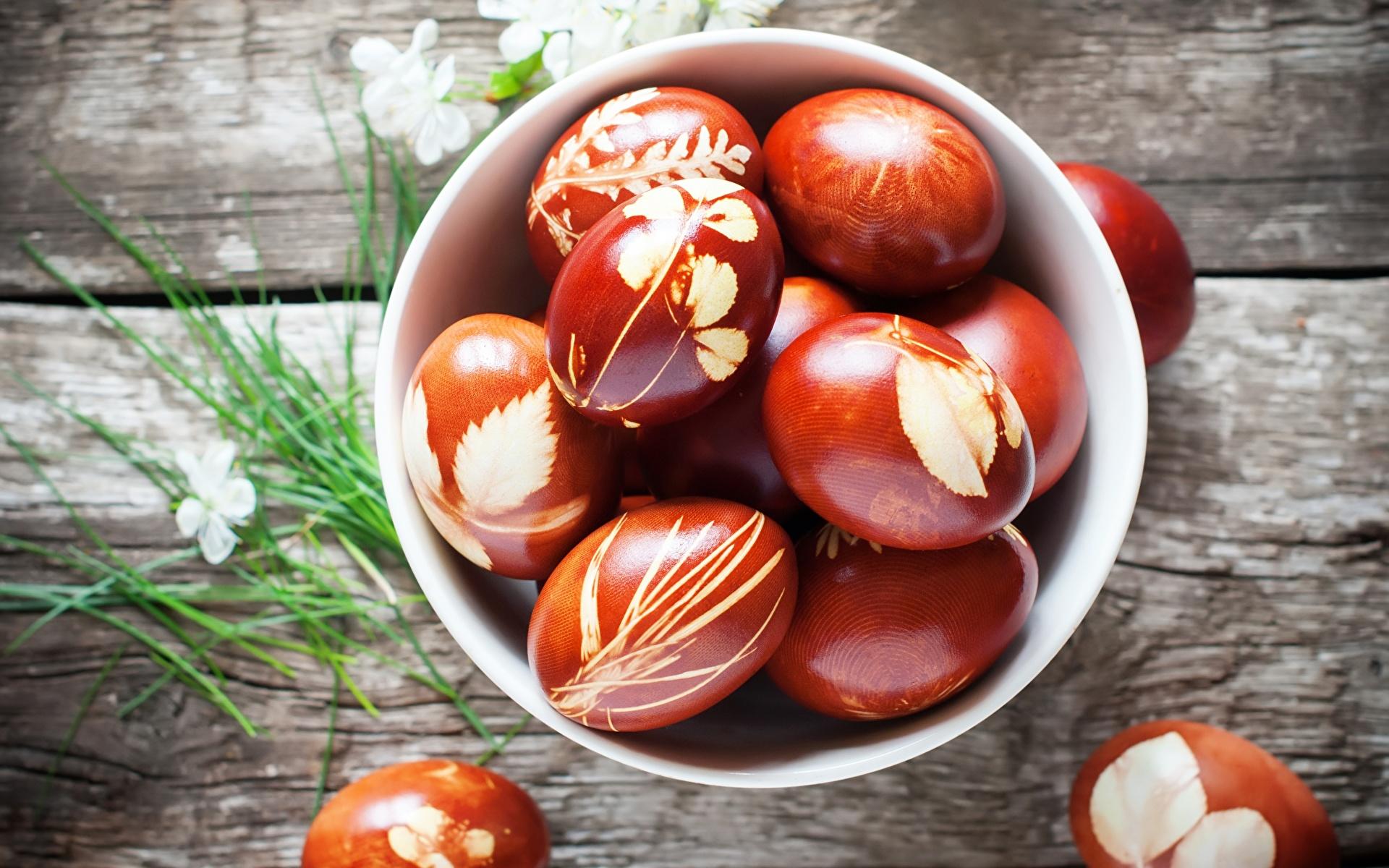
From Holy Thursday, the baking of Flaounes and Tsoureki begins. Flaounes are traditional Cypriot Easter pastries filled with local cheeses and generously sprinkled with sesame seeds. Flaounes can be various shapes—triangular or square, with or without raisins. The word "Flaouna" originates from the Anglo-Saxon word "flaon," which in turn comes from the name of the Roman pastry "fladonis." But the etymology of the word "Flaouna" does not end there: the Latin word "fladonis" was synonymous with the ancient Greek word "palathi" (παλάθη)—a traditional fig pie prepared in Ancient Greece. Traditionally, such pies were offered to children who went from house to house singing beautiful songs in early spring. According to another version, the word "Flaouna" comes from the ancient Greek verb φλάω, meaning to mourn or grieve. Flaounes were traditionally prepared in Asia Minor after a burial, for memorial services. They were also baked in the historical region of Arcadia in Ancient Greece. In the town of Karavas in the Kyrenia district of Cyprus, Flaounes were known as "Fesoudkia," and on the Karpasia peninsula, in Rizokarpaso and in the village of Litrankomi in Famagusta, they were called "Aflaounes."
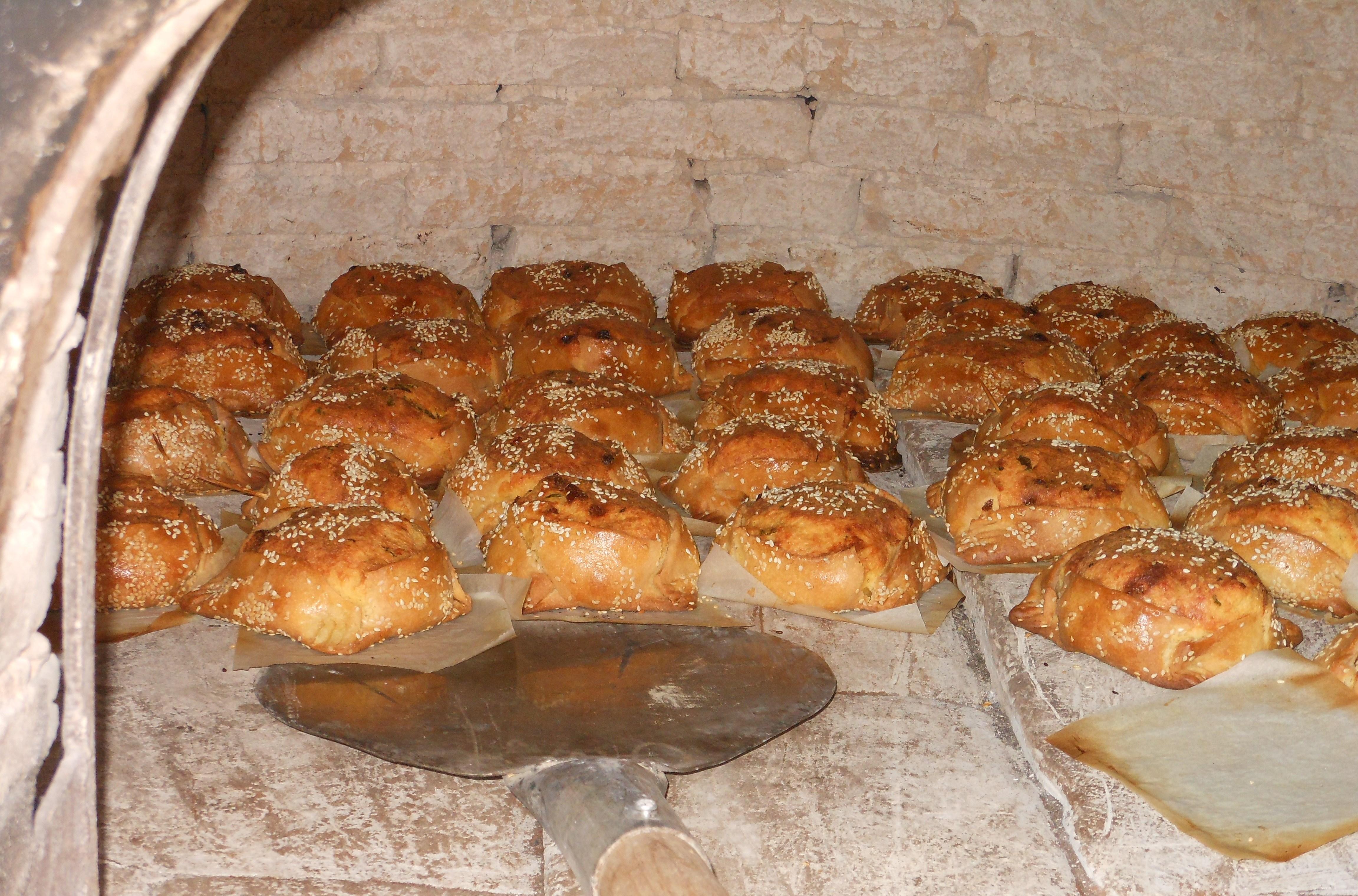
Tsoureki is often compared to the Slavic Easter bread or paska, but in reality, they are two different pastries. Cypriot Tsoureki is closer to the French brioche, while the kulich is more like an Italian panettone. Like Flaounes, Tsoureki is traditionally baked on Holy Thursday (Μεγάλη Πέμπτη), and the dough is blessed and prepared the day before. It tastes like a typical sweet bun known from the Soviet Union, but with a twist. The twist is the addition of orange (or lemon) juice or zest to the dough, resulting in a delicate citrus flavor. Traditionally, Tsoureki is formed into a braided loaf, which is sprinkled with almond petals or drizzled with chocolate.
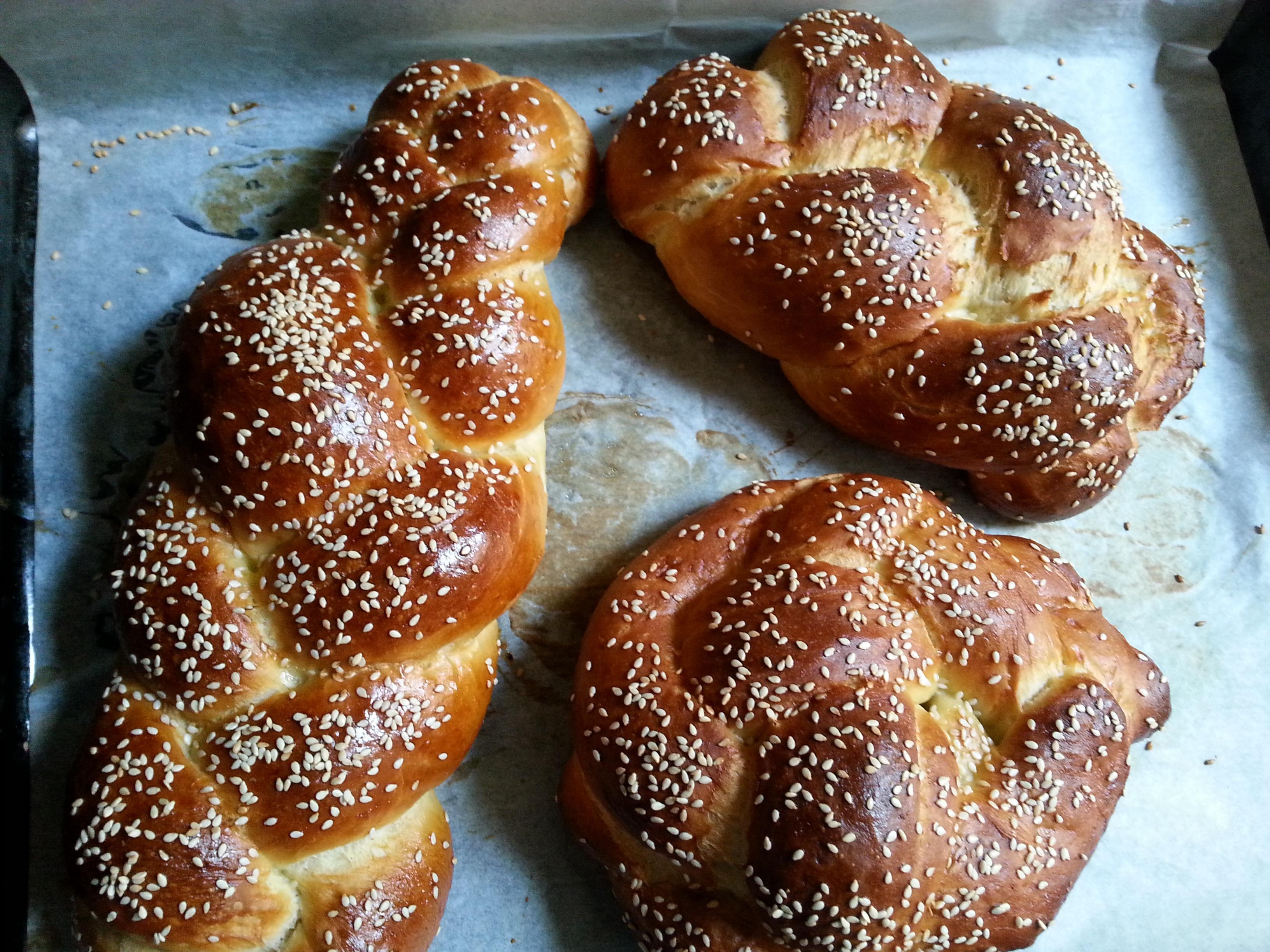
Good Friday (Μεγάλη Παρασκευή) is a day of mourning and sorrow, commemorating the suffering and martyrdom of Jesus Christ. On Good Friday, all churches in Cyprus decorate the Epitaphios—the symbol of the Lord's tomb—with flowers. In the evening, a special service is held during which the Epitaphios is carried out into the street for a procession. From early morning, young girls and women from all parishes decorate the epitaphios with flowers. All Cypriot parishes compete with each other to see who can decorate the epitaphios the best and whose ceremony will be the most colorful. On Good Friday, nobody works. State flags are lowered—the country is in mourning until Saturday.

Holy Saturday (Μεγάλο Σάββατο) is when housewives finish buying groceries and preparing for a feast, which must be abundant! On this day, two services are held in Cypriot churches. During the morning service, black covers are removed from the icons, and laurel and myrtle are scattered around, while in the evening, huge bonfires are lit in church courtyards, and an effigy of Judas is burned.
Closer to midnight, candles are lit from the priest's lamp and passed around as the Holy Fire, which is brought specially from Jerusalem. After the night service, Cypriots carry the burning candles home, which are decorated in advance with ribbons, flowers, and other decor. Additionally, after the night service, Cypriots draw soot crosses above their doors and start the first day after the long fast with the traditional egg-lemon soup "Avgolemono."

On Easter Sunday (Κυριακή του Πάσχα), locals gather together for a festive lunch, give each other painted Easter eggs, and enjoy very delicious Flaounes and Tsoureki. Finally, Cypriots bring out the spit and grills, start roasting lamb or souvla, bake kleftiko in the oven, to eat heartily and drink traditionally last year's wine.
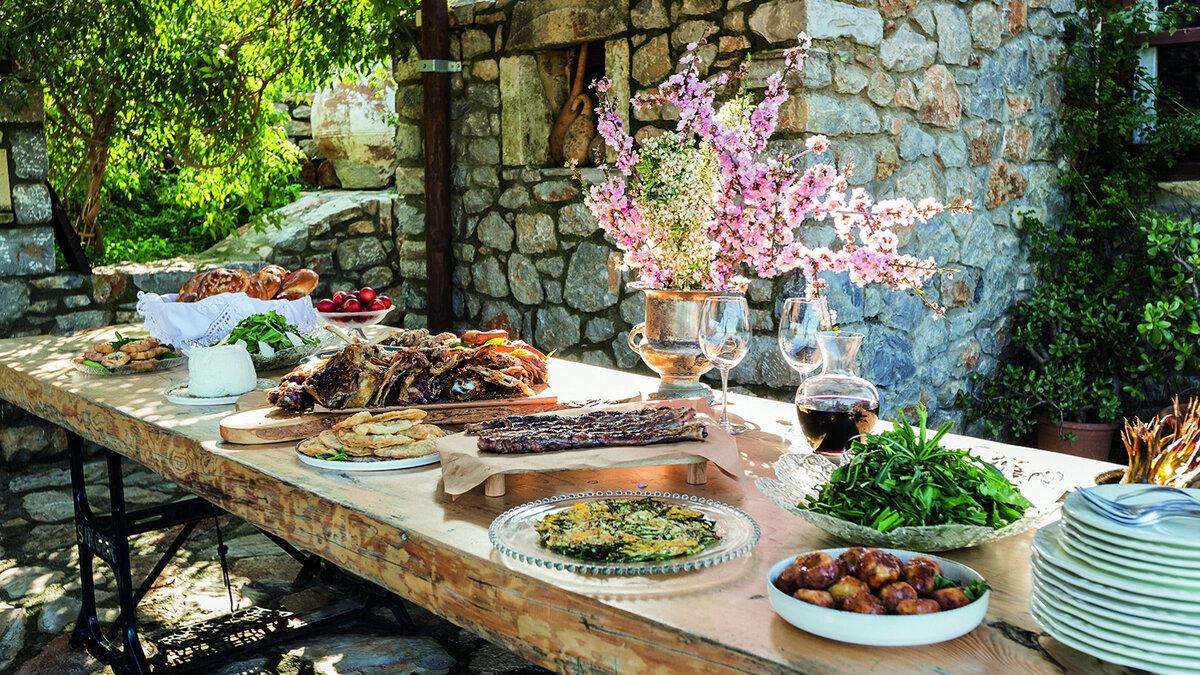
The Most Popular Easter Dishes in Cyprus
There are many special products in Cyprus associated with the celebration of Easter. The aforementioned Tsoureki bread and Flaounes buns are very important components of it. Another traditional Cypriot Easter treat is Avgolemono soup. It is made from chicken, meat, fish, or vegetable broth with the addition of small pasta or rice and an egg-lemon mixture, which gives this soup its name. On the same level is Magiritsa, an Easter soup made from lamb meat or offal, rice, vegetables, herbs, and avgolemono sauce.
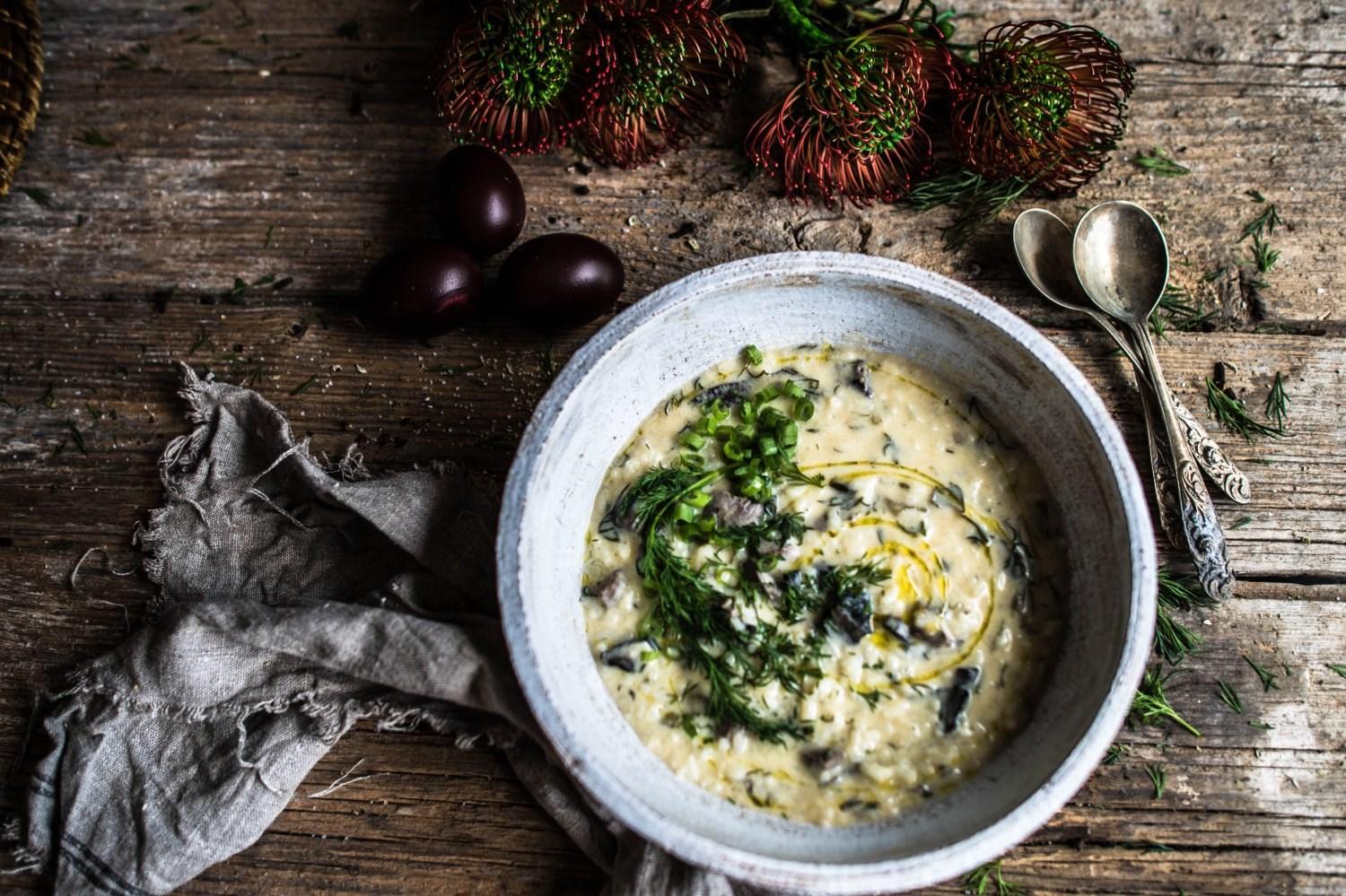
How about souvla! No Cypriot can resist skewered lamb or pork cooked on an open fire, especially after a long fast. It's worth noting that in the Cypriot version, the meat is not marinated in advance. It is cut into large pieces, sprinkled with salt and spices. Souvla is usually served with a vegetable salad, fried halloumi cheese, and bread pita. And, of course, every Cypriot table is adorned with Kokoretsi—a roll of lamb offal.
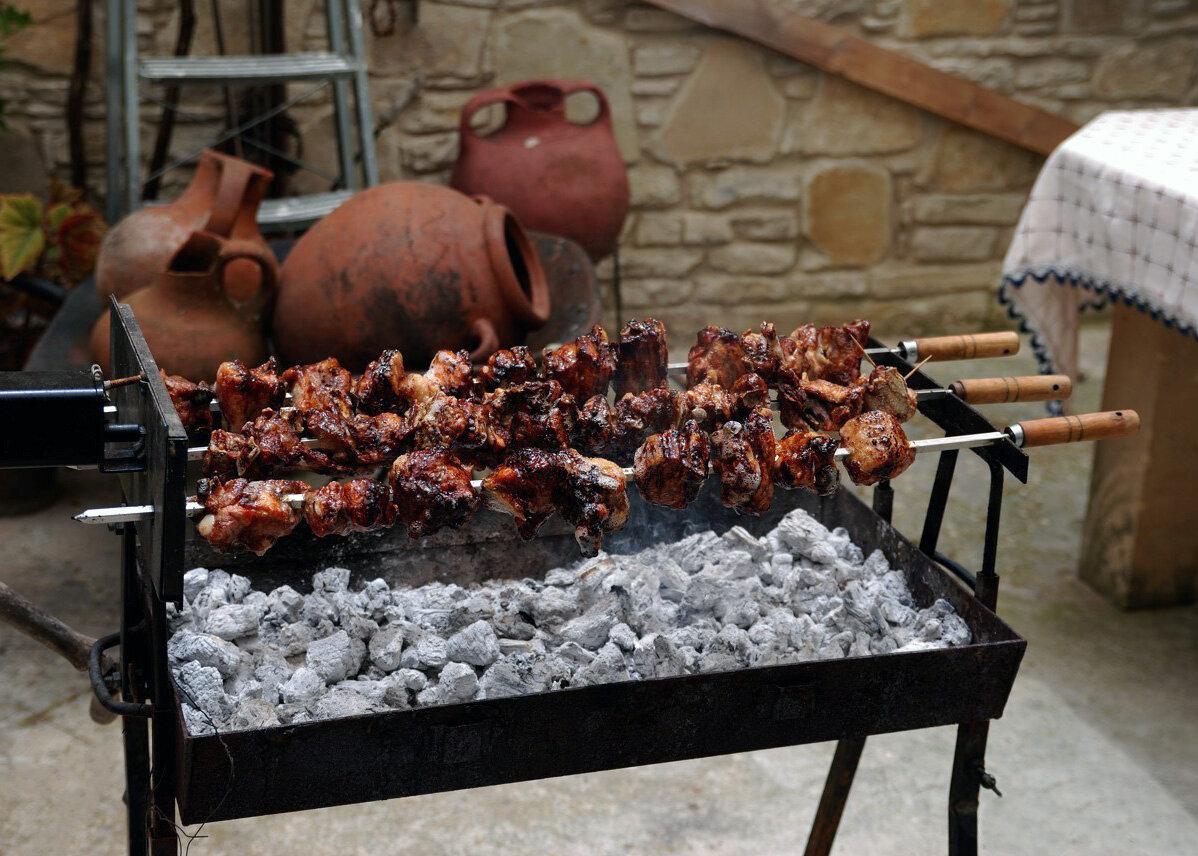
How do Cypriots Greet Each Other at Easter?
If you live in Cyprus, take the trouble to learn a couple of phrases to exchange Easter greetings, as true Cypriots do! I won't lie, they're a bit complex and depend on whether they are exchanged before or after Jesus' Resurrection.
Most often, Cypriots wish Καλό Πάσχα! (Kalo Pascha! Happy Easter!) from Palm Sunday to Holy Wednesday or Maundy Thursday. From noon on Maundy Thursday to Holy Saturday, before Jesus' Resurrection at midnight, you will hear Καλή Ανάσταση! (Kali Anastasi! Happy Resurrection!).

When at midnight on Resurrection Saturday the priests bring out the Holy Fire from the church and everyone lights their candle, priests and believers sing in unison Χριστός Ανέστη εκ νεκρών! (Christos Anesti ek nekron! Christ is risen from the dead!). Families, relatives, and friends exchange kisses and wishes: Χριστός Ανέστη! (Christos Anesti! Christ is risen!).
One responds either with Χριστός Ανέστη! or Aληθώς Aνέστη! (Alithos Anesti! Truly He is risen!).
If all these wishes are too complicated to keep in mind or pronounce, simply stick with the

Read also:

